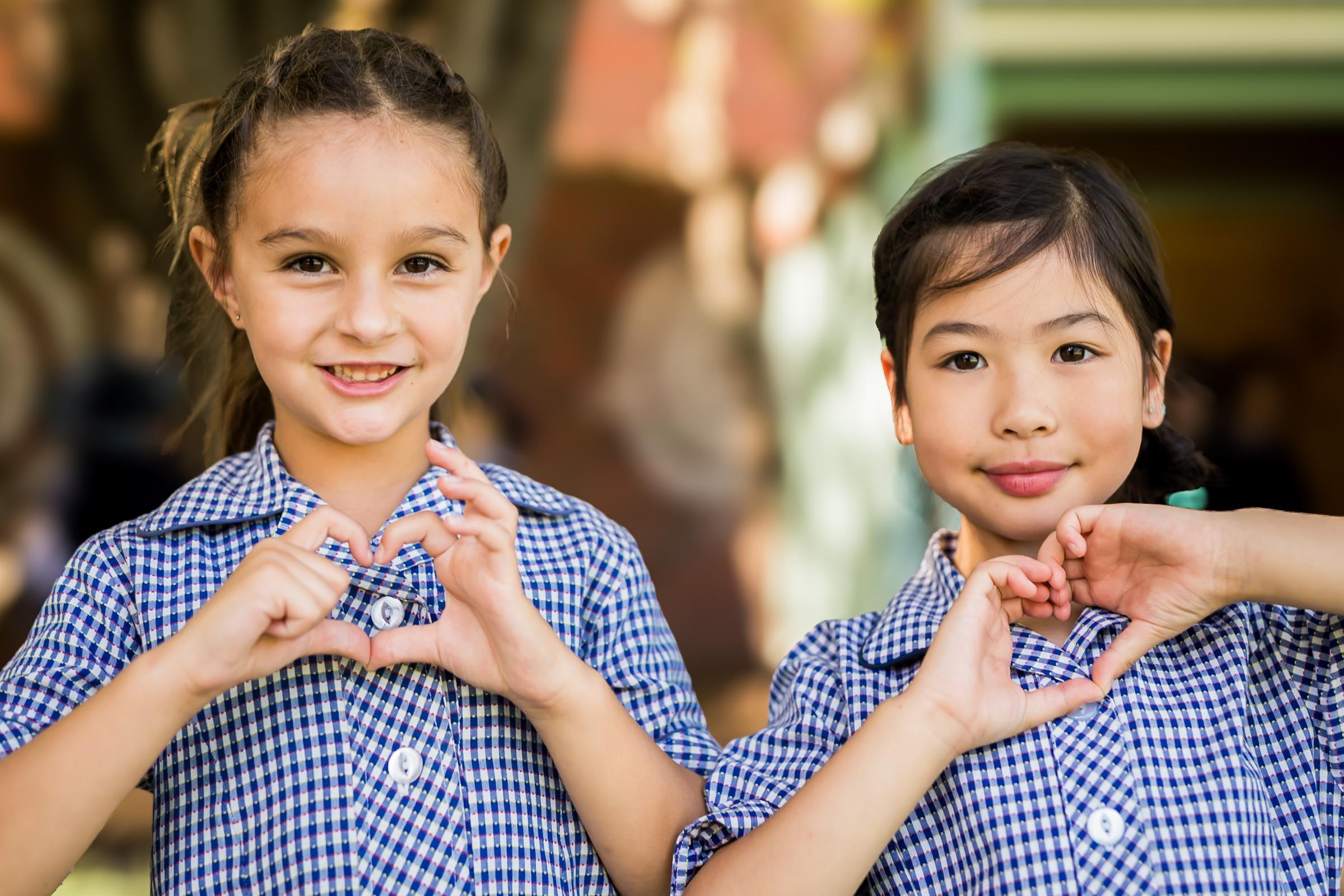Wellbeing

One of the social skills that has been an underlying focus for the students throughout the year is their ability to demonstrate and understand empathy. This important skill is nurtured through daily interactions with one another, explicit SEL lessons, Religious Education, and reflections on scripture. By helping students recognise not only their own feelings but also how others may respond and feel, we support them in developing stronger relationships, greater emotional awareness, and a genuine sense of compassion.
Below is an article about empathy and how you can help your child further develop this important social skill at home.
Key Strategies to Teach Children Empathy
By Ashley Cullins
You may have heard the saying, “Before you criticise or judge someone, walk a mile in their shoes.” This quote is all about empathy. Empathy is the ability to be aware of the feelings of others and imagine what it might be like to be in their position (or in their shoes).
Empathy is a key ingredient in positive friendships and relationships. It reduces conflict and misunderstandings and leads to helping behaviour, kindness, and even greater success in life.
And like any skill, empathy can be taught and developed in children. Because cognitive abilities and life experiences develop over time, the most effective strategies to use depend on the child’s age. Let’s look at key strategies for teaching children empathy.
Model empathy.
Any time you want to teach a skill to a child, it’s important to model it yourself. This way, the child understands what empathy looks like, sounds like, and feels like. Plus, it’s easier to teach a skill that you’ve already mastered yourself.
Remember to model empathy even when you’re upset with or giving consequences to your child. This reinforces the idea that empathy can and should be used even when you’re feeling disappointed, hurt, or angry. The more children receive empathy, the more likely they are to offer it to others.
Discuss emotions.
Talk openly about emotions rather than dismissing or burying them. Let’s say your child is scared of the dark. Instead of saying, “There’s nothing to be afraid of,” explore the child’s feelings: “Are you scared of the dark? What scares you about the dark?”
If your child doesn’t like another child, don’t immediately say, “That’s wrong,” but ask why the child feels that way. This can lead to a discussion about the other child’s actions and why they might be acting that way (for example, they may have just moved to a new school and are feeling angry because they miss their old friends).
Never punish a child for feeling sad or angry. Make it clear that all emotions are welcome, and that we can learn to manage them in healthy ways through discussion and reflection.
Help out at home, in the community, or globally.
Helping others develops kindness and caring. It also gives children the opportunity to interact with people of diverse backgrounds, ages, and circumstances, making it easier to show empathy for all people.
Read through our list of activities that make a difference at home, in the community, and globally, then pick an activity or two and get started.
Praise empathetic behaviour.
When your child shows empathy for others, praise the behaviour. Focusing on and encouraging empathetic behaviour promotes more of it in the future.
Make the praise specific: “You brought your sister a Band-Aid for her scraped knee so she could feel better. That was so kind and helpful!”
Empathy remains at the heart of our students’ social and emotional growth. By encouraging children to recognise and respond to the feelings of others, both at school and at home, we can help them develop into kind, understanding, and considerate individuals. Strengthening this shared focus between school and family ensures our students continue to grow as compassionate young people who value and care for those around them.
Georgie Carman
Wellbeing Leader
